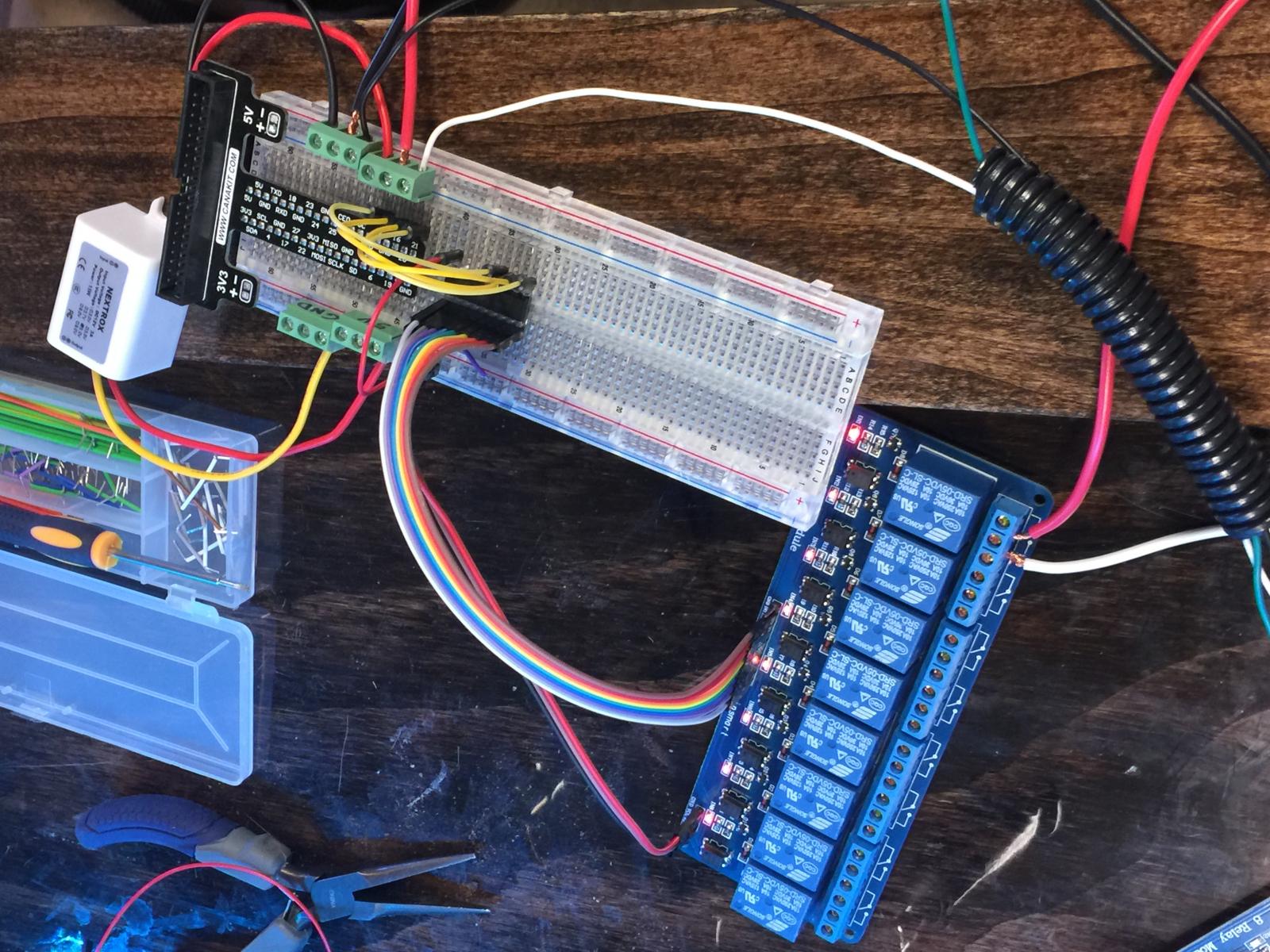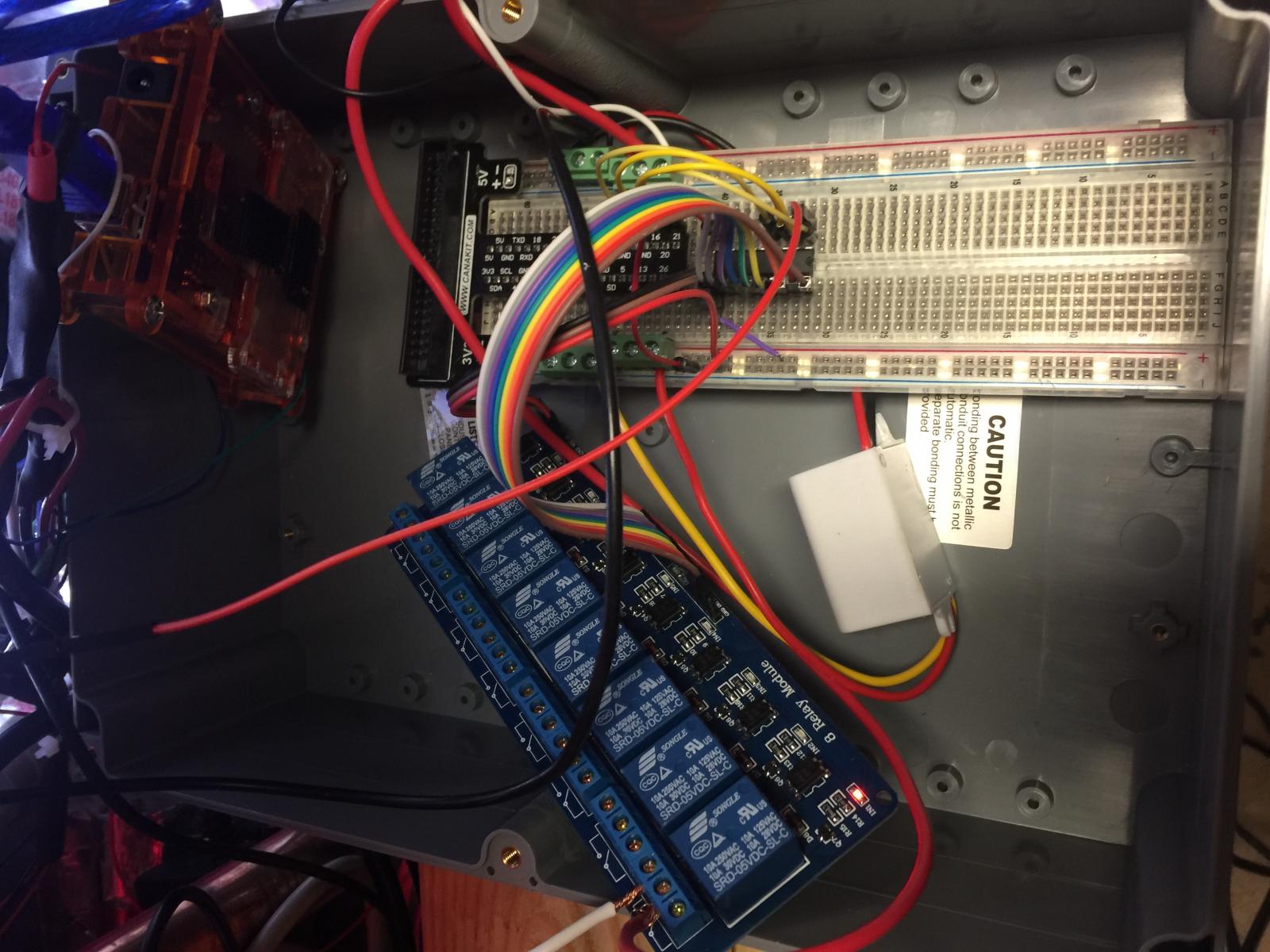I am sorry that I have not published my full install yet as I was in the same boat at the beginning of January. The following is a brief but complete run down of what worked for me using CaptnDelta's version. He has refined the original package and added some nice features.
Step #1:Wheezy is the correct image to use per DrunkleJon's post above. Some of the gurus know how to tweak the controls to run Jessie but I started down that path and doubled back. Download to your computer either with a torrent or the zip file. Format your card and copy the wheezy .img file to it. Install any usb dongles (wifi and keyboard in my case); attach your HDMI cable, and add power.
After installing Wheezy, the very first boot up will be into raspi_config.
Step#2: EXPAND THE FILE SYSTEM. It is the very first option in the menu. You can change some other local settings here too. I did location and timezone. Never figured out what keyboard to use but that can be edited later. I also changed the boot sequence to display GUI vs the command line.
If at anytime during the boot sequence or while running, you get a rainbow like square in the upper right corner it means your Pi is complaining about it's power source and you need better/cleaner voltage to the board.
Step #3: configure wifi and any other local settings you would like. I am not going into a whole lot of detail here, because there is a boat load of youtubes and other sites to help with this. The one thing that got me was the keyboard layout so edit it:
Code:
sudo leafpad /etc/defaults/keyboard
replace the 'gb' with 'us' and save/quit. Reboot now if you would like to have the changes take affect.
Step #4: Follow the Rpints setup for what you are doing. With or w/o flow meters. I did WITH so this is geared for that. This starts at Step 4 on their page. Update and Upgrade are first. You will NEED to pay attention to make sure they complete. I had problems a few times here.
Continuning Rpints Step 4, you install the services you need. This is the LAMP stack where you are installing many things with the same command from the command line. I had several instances where this did not complete. I was using copy and paste to avoid keystroke errors but not all of the services came down for some reason. To get around this I installed them individually and watched for each to ensure no error messages:
The six services are: apache2, php5, mysql-client, mysql-server, php5-mysql, and phpmyadmin
You should be able to install them with the same command as listed in Rpints but unless you can quickly read the install logs as it shoots past on the screen this is the only way to be sure they install completely. Sometimes it worked for me but I did it this way to ensure this was not a problem.
Continue Step 4 and install the rest of the things listed. Again, I installed each individually to ensure their success. You could use the "-y" modifier right before "install" each time. This answers yes for you anytime disk space is needed.
You can go onto Step 5 now but this is a good time to burn an image if you are confident of a clean install so far. Archiving images is a good idea unless you like unpacking wheezy and setting the basics each time (I think I did it at least five times before I dummied up).
Continue with Steps 5 and 6 of Rpints. After you reboot at the end of #5, your Pi will come back and be running Chromium full screen (kiosk mode). You can alt-F11/F11 to jump back and forth. The Chromium screen will have some sort of acknowledgement of it's default screen.
Step #7:
Code:
sudo rm /var/www/index.html
Then, download and unpack CaptnDelta's version from his github repository:
https://github.com/HentschelT/RaspberryPints/releases/tag/th-2.1.1
Move/copy all files/folders of 2.1.1 to /var/www/ You cannot do this from the GUI file manager - it needs to be from the unix command line. Change the permissions in that folder:
Code:
sudo chmod -R 777 /var/www
Now would be another good time to burn an image if you are happy so far.
Step #8: install the pyWebSocket library. From the command line:
Code:
cd ~
sudo apt-get install git
git clone https://github.com/google/pywebsocket.git
cd pywebsocket
python setup.py build
sudo python setup.py install
git may already be installed so ignore that if it warns (happened to me once or twice).
Reboot.
Follow the rest of the prompts for Step 8. enter the passwords that were created earlier.
Note, when setting up the user "admin" for Rpints I left the password fields blank.
Do not install the sample files. Captn is not sure whether they are still valid with some of the tweaks he has made.
You also need your arduino board installed at this point. You will be powering the pi with your alamode board.
Step #9: from the command line:
Code:
cd /var/www/python
sudo cp flowmon /etc/init.d
sudo chmod a+x /etc/init.d/flowmon
sudo /etc/init.d/flowmon start
ps aux | grep PintDispatch.py
sudo update-rc.d flowmon defaults
You should be good to go. Here is a link to essentially the above (and more) that I kept as my install notes. All the credit for the coding work belongs to CaptnDelta - I was able to follow along the install and tell him where I broke it so he could fix it.
https://drive.google.com/open?id=0B1jZ8P9yVbHQbTFrbXVXVEJaYVE






